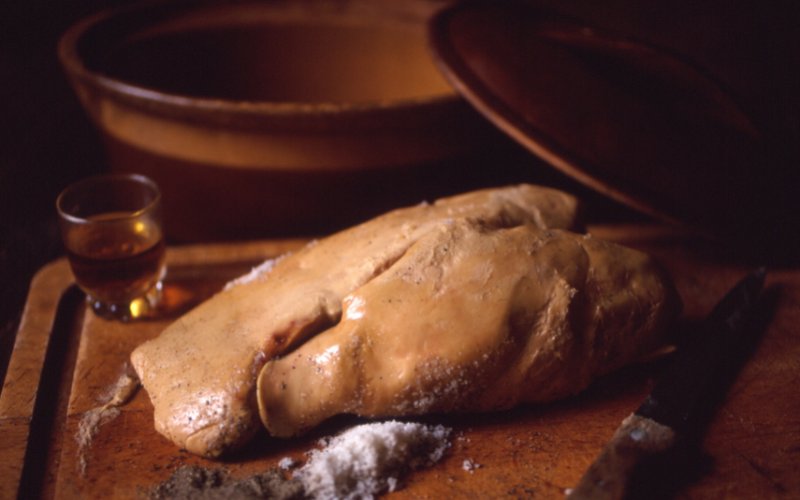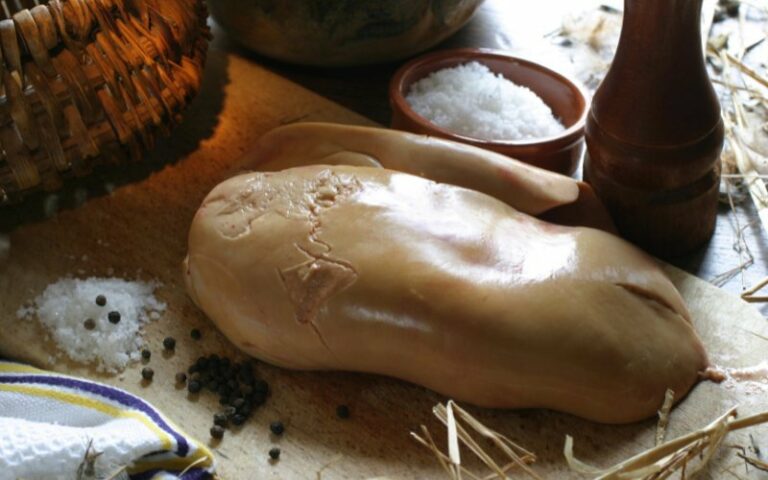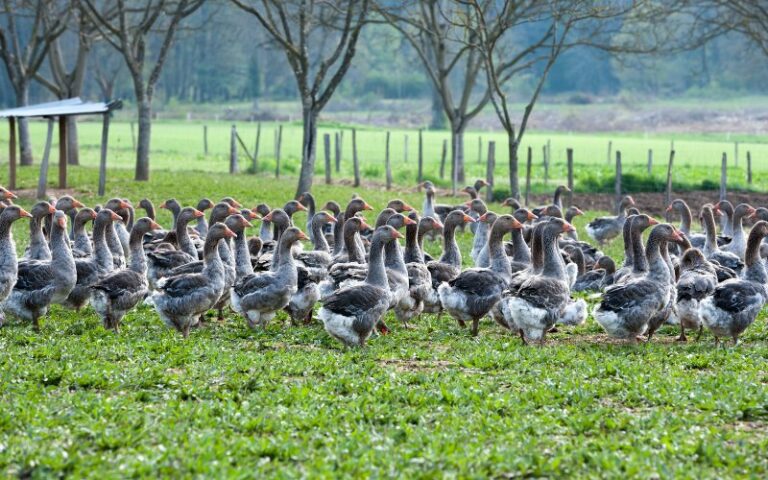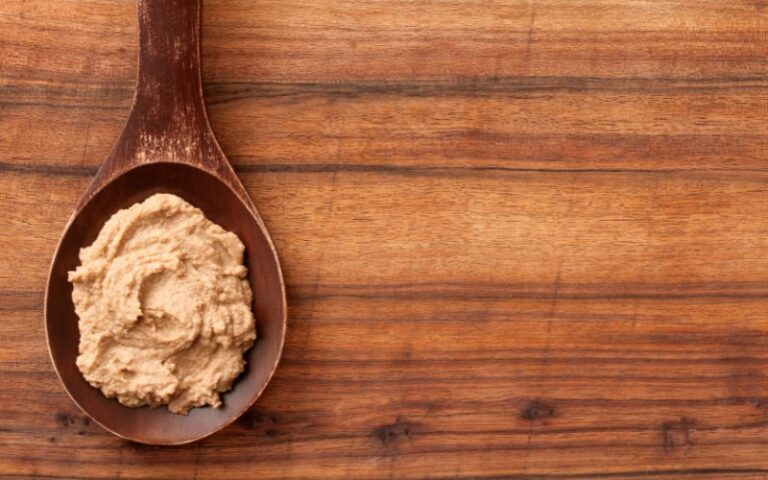The Interesting History of Foie Gras
If you’re interested in French cuisine, you’ve probably heard about this food; it’s quite an iconic – though controversial – delicacy. The term “foie gras” doesn’t sound quite as nice in English; it literally means “fatty liver”, which is just what this food is. It’s a duck or goose liver that has been fattened through the process of force-feeding, also known as gavage. This production method has, in more recent times, become controversial due to concerns about animal welfare. As a result, foie gras production and importation are banned in several countries.
However, foie gras remains a staple of French cuisine. Foie gras can be served with other foods and may be prepared as parfait, mousse, or pâté.
Whether you’ve made this food, tried it once or twice, or never heard the term before, the origins and history of foie gras are fascinating. Though it’s associated with France, this food originates way back in ancient Egypt, and it’s pretty amazing that it’s still around in many parts of the world and that the same production techniques used hundreds of years ago are still used today.

The Origins of Foie Gras
There’s evidence that the history of foie gras starts as far back as 2500 BC. Obviously, this also means that we don’t have much conclusive data, but historians believe that a picture found in an ancient Egyptian tomb depicts farmers force-feeding geese, and they think this is a sign of early foie gras production.
The ancient Egyptians observed that waterfowl ate more than normal before migrating, causing larger, fattier livers. They then found that they could replicate this result with domesticated birds through force-feeding.
The History of Foie Gras: A Journey Through Time
Since foie gras originated in ancient Egypt, various cultures have produced different types of foie gras in different ways – often as a delicacy for the wealthiest. In modern times, France remains the main producer of foie gras, though the food has also spread to other parts of the world.
Egyptians Discover Force-Feeding
As mentioned above, foie gras seems to have originated in ancient Egypt. Egyptians observed wild birds overeating before migrating and noticed what overeating did to their livers. They then created the same result with domestic birds, as well as other animals. Egyptians probably didn’t call fattened goose livers “foie gras”, but this seems to be the earliest instance of foie gras techniques.
Various Writers Mention Force-Feeding
The Greek poet Cratinus, who wrote in the 5th century BC, mentions geese-fatteners. Another reference to animal fattening comes from Agesilaus, a Spartan king who visited Egypt in 361 BC and recorded the fact that farmers in Egypt fattened calves and geese.
Romans Produce an Early Form of Foie Gras
In the first century BC, the Romans were the first people to record a name for foie gras. However, many Roman delicacies came from Greek culture, so this type of foie gras may have actually originated there.
Either way, the Romans called it “iecur ficatum”, which means “fig-stuffed liver”. The Romans used figs to make goose liver more flavorful and sweet. We have written works, most notably from Pliny the Elder, that describe the discovery of foie gras and how to force-feed pigs and geese to create it.
At this time, foie gras became a delicacy to be enjoyed by the upper class. Fig-fattened animals were fed wine and honey just before being killed, creating livers with a rich, delicious flavor that only the wealthy could afford.
Jewish or Gallic Farmers Preserve Foie Gras Tradition
During the Middle Ages, foie gras largely disappeared from records. Some believe that Gallic farmers preserved foie gras until it was rediscovered.
Others think it was the Jews who preserved the delicacy. They probably learned about the production of foie gras either from the Romans or Egyptians and brought the recipe with them as they migrated to different parts of Europe.
Because of their dietary laws, Jews were unable to use lard or butter in cooking. The alternatives – olive oil and sesame oil – weren’t easy to get in some parts of Europe, so Jews turned to poultry fat. Force-feeding was simply an efficient and practical way of producing larger amounts of poultry fat. Later on, the Jews realized how delicious fatty livers were, and foie gras became a delicacy in the Jewish culture.
The Jews spread foie gras outside of the Jewish community as others were able to purchase it from them. A number of writings describing goose livers raised by Jews have survived from the 16th century. Recipes for foie gras start to appear as well.
Even at this time, force-feeding was a topic of contention among Jewish rabbis. Some believed it violated Jewish dietary law, others didn’t. Foie gras eventually declined in Jewish culture in the 19th century.
French Rediscover and Popularize the Dish
Foie gras was mainly popularized due to the influence of Jean-Pierre Clause, a French chef who revived and perfected the recipe. Artists like Rossini and Dumas helped to popularize the dish. It became a delicacy that was associated with the French kings – it was named the “dish of kings”. Later on, however, it became popular among the entire French population, and France still produces – and eats – the vast majority of the world’s foie gras.
Americans Start Producing Foie Gras
In the late 19th century, Americans started taking an interest in foie gras. However, the American government banned raw poultry importation, making foie gras mostly unavailable in America. As a result, Americans started a number of foie gras farms in the United States. Foie gras production and demand have increased since then, and today it’s very available to the general public. Most of the foie gras that Americans enjoy comes from small American farms that continue to implement many of the methods used throughout history.



